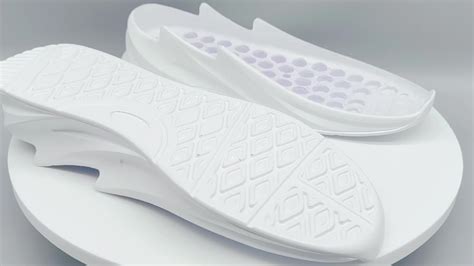For any male runner, whether a casual jogger or a dedicated marathoner, the right pair of running shoes is more than just footwear—it’s a critical piece of equipment that directly impacts performance, comfort, and long-term health. Investing in shoes that excel in durability, offer ample support, and actively aid in injury prevention is paramount. This guide will delve into what makes a running shoe stand out in these crucial areas.
The Cornerstone of Longevity: Durability in Running Shoes
Durability in running shoes refers to their ability to withstand the rigors of frequent use over various terrains without breaking down prematurely. A durable shoe maintains its structural integrity and cushioning properties for hundreds of miles, providing consistent performance. Key components contributing to durability include the outsole, midsole, and upper materials.
- Outsole: Made from high-abrasion rubber, the outsole provides traction and is the first line of defense against wear and tear. Look for shoes with robust rubber in high-impact areas.
- Midsole: The heart of cushioning and shock absorption, a durable midsole material (like certain EVA foams or TPU-based compounds) will resist compression and maintain its responsiveness longer.
- Upper: Engineered meshes and synthetic overlays offer a balance of breathability and resistance to rips and tears. Reinforced stitching also plays a role.

Understanding Running Shoe Support: Stability vs. Neutral
Support in running shoes is crucial for maintaining proper foot alignment and gait efficiency, especially over longer distances. The type of support you need depends largely on your foot type and pronation—the natural inward roll of your foot during impact.
- Neutral Shoes: Best for runners with a normal arch and minimal pronation, or those who supinate (foot rolls outward). These shoes focus on cushioning and flexibility without extra arch support.
- Stability Shoes: Designed for runners with mild to moderate overpronation (foot rolls too far inward). They incorporate features like medial posts (firmer foam on the inside of the arch) or guide rails to gently correct foot alignment and prevent excessive inward roll.
- Motion Control Shoes: For runners with severe overpronation or flat feet. These offer the highest level of support and rigidity to control movement.
Identifying your pronation pattern through a gait analysis at a specialized running store is highly recommended to select the appropriate level of support.

Injury Prevention Through Optimal Footwear
The right running shoes are a vital tool in your injury prevention arsenal. Poorly fitted or inappropriate shoes can contribute to a host of common running ailments, including:
- Plantar fasciitis
- Shin splints
- Runner’s knee
- Achilles tendonitis
- Stress fractures
Shoes that offer the correct balance of cushioning, stability, and fit help distribute impact forces more evenly, reduce abnormal foot mechanics, and provide a stable platform for movement. Adequate cushioning protects joints from repetitive stress, while proper support prevents excessive motion that can strain muscles and tendons. Additionally, replacing shoes before they are completely worn out is key; typically, after 300-500 miles, the cushioning and support properties degrade significantly.

Key Features to Prioritize for Men’s Running Shoes
When selecting your next pair, keep these features in mind:
- Fit: The most crucial factor. Shoes should feel comfortable from the first step, with enough room in the toe box and a snug heel fit.
- Cushioning: While more cushioning often feels good, find a balance that offers protection without sacrificing responsiveness or feeling overly soft.
- Drop: The difference in height between the heel and forefoot. A lower drop promotes a more natural midfoot strike, while a higher drop can support heel strikers.
- Flexibility: Shoes should bend at the ball of the foot, mimicking your foot’s natural movement, but not be overly flexible if you require stability.
- Weight: Lighter shoes are great for speedwork and races, but slightly heavier shoes often offer more cushioning and durability for daily training.

Making the Right Choice
While no single shoe is perfect for everyone, focusing on brands and models known for their robust construction and thoughtful design is a good starting point. Many leading running shoe manufacturers offer lines specifically engineered for stability and durability. Ultimately, the best men’s running shoe for you will be one that feels right, supports your unique biomechanics, and is built to last through many miles of running, thereby safeguarding you against potential injuries.
Don’t rush the decision; visit a specialized running store, try on multiple pairs, and consider a gait analysis. Your feet will thank you for the extra effort, and you’ll enjoy a more comfortable, injury-free running journey.





